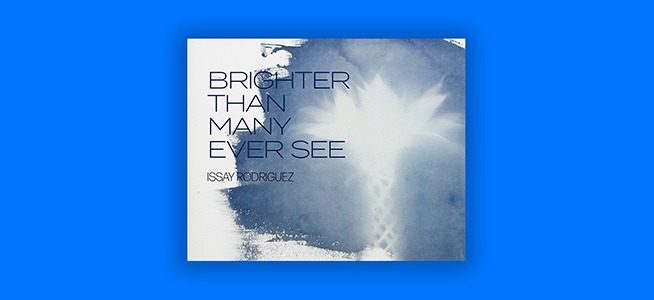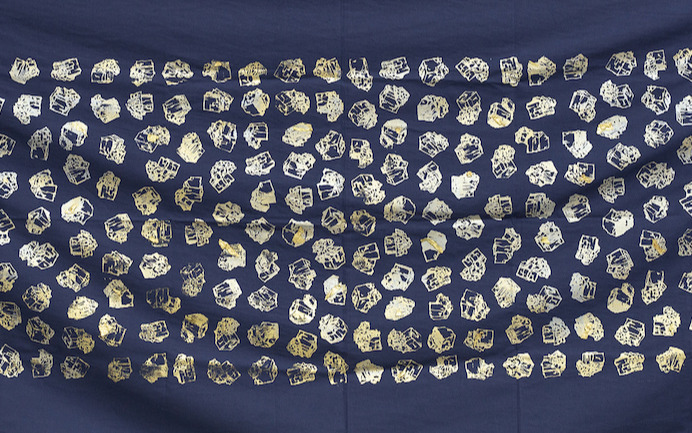
About
Continuing her investigation on the links between ecology and humanism, Issay Rodriguez’s Brighter Than Many Ever See probes narratives and meanings found in the cultivation and domestication of ornamental plants. The artist’s inquiry into this discipline begins with her family’s small garden and extends to the halls of the Philippine Nuclear Research Institute (PNRI). Working in collaboration with scientists from the institution, primarily with Senior science research specialist Fernando Aurigue of the agency’s Atomic Research Division, Rodriguez has learned about plant breeding methods, which include unconventional approaches that use gamma irradiation where ionizing radiation causes random or directed changes in the DNA, thereby inducing mutations.
In understanding the transformation of plants, the artist associates the process to the renewal of human memories and experiences as we continue to co-exist with these life forms, especially in a time of a global pandemic when we are forced to stay inside our respective dwellings and confront our realizations on life and mortality. The title of the exhibition is an excerpt from a moving poem by the African American poet, Langston Hughes, which was written in 1931 for the humanitarian and deafblind author, Helen Keller. Hughes wrote his tribute to show how Keller’s vision of life was a contrast to the darkness of her actual vision and how this bright vision is an inner power that radiates to accomplish great things amid struggles. It was a fitting description of the actual and symbolic importance of light in Rodriguez’s body of works and the mediation of science in the process of breeding plants. Part of the exhibition is a series of photographs rendered in monochromatic prints. These images emphasize the beauty of plant forms while the void in its surroundings is emitting a sense of opulence captured amid light. A setting best described by the first verse of Hughes’ poem:
She,
In the dark,
Found light
Brighter than many ever see
The images reveal more than the poetic allusion to the scientific and artistic processes ---they elaborate the intimate workings of plant breeding, leading us to think about these interventions; what we make of these findings becomes shared participation in visual culture and in meaning-making entrenched in the struggles of human-centric activities, economies, cultures, and the sciences such as occupations, domestic chores, scholarly pursuits, social interactions, and other related undertakings. Documenting these life forms, Rodriguez embarks on a pilgrimage to understand life from life and the ways in which we proceed to sustain it. In 2014, she began a series of cyanotype prints from sand patterns illustrating frequencies attributed to healing. This has evolved to producing imprints of flora and fauna, an exercise that looks beyond the ornamentality of these organisms. Our multi-generational relationship with plant domestication is borne out of the necessity to accentuate and aesthetically improve our surroundings to make our lives bearable. In this exhibition, Rodriguez contends this perspective as she continually observes both her mother and the scientists at PNRI as they tend to the plants. There must be something more about these practices that would surpass our notions of being guardians and keepers of another living species.
An aspect of the project is an attempt to build a collection of botanical prints from the PNRI archives, thus, applying artistic techniques to document scientific horticultural explorations. In doing so, Rodriguez prompts a discussion on the historicization of plant forms; botanical archives are instrumental in understanding ourselves and the environment we participate in, whether voluntary or involuntary. Accordingly, the artist finds this true as she became privy to her parents’ childhood memories while working on the project. Recalling past events prompted by the images of plants, Rodriguez’s father used to remember a time when he saw a religious procession that included a carrosa decorated with shrubs of kamuning or murraya paniculata coupled with calcium carbide lamps as fillers for floral arrangements in the 60s. It was a custom to use plants as decorations to adorn common materials and objects to indicate festivities in preparation for certain social and religious events, a ritual slowly vanishing in modern times. Rodriguez reconciles this memory with facts from her research on the subject: that the variant of kamuning in her father’s story back then may be different from the ones that can now be found in the present, which shows a gradual movement of epiphany that changes throughout generations and identities. Rodriguez holds out these contemplations by documenting these plants through photography and printmaking while considering these groundings and pledgings to keep the living samples intact, healthy, and undamaged.
Coincidentally, plant variants are often named after late scientists and those with compelling contributions to the sciences who have already passed. A proper tribute materializes through this for those who had offered their valuable time here on earth and labored hard to help us understand more about our environment and this world. Through these plants, their memories are kept alive.
-Gwen Bautista
Issay Rodriguez obtained a Bachelor of Fine Arts degree from the University of the Philippines. She was a Jose Moreno Foundation scholar and received a bursary to attend the École Nationale Supérieure des Beaux-Arts, Paris before graduating with the Outstanding Thesis Award in 2013.
Rodriguez’s current art practice revolves around projects that deal with themes on humanism and ecology. Through research and community engagements enabled by artist residencies and inter-disciplinary collaborations, she is able to work on projects that allow oneself to think about how thoughts, emotions, and values can be explained or expressed through art and technology.
Rodriguez primarily works on drawings and cyanotypes but remains very open to other forms, considering specific sites or situations.
Recent projects and residencies include: DOON VR Project, art n/23 incubator space, (2020); B+, Bamboo Curtain Studio, Taipei (2019); VANISHING IN THE PROCESS: Exploration of Dream States and Symbolism, between LIR Space, Yogyakarta, and 98B Manila; Bellas Artes Projects in Bataan (both 2017-18); and a collaborative project for Viva Arte Viva 57th Venice Biennale (2017)
Her works were shortlisted for Fernando Zobel Visual Arts Prize (2018); awarded Patnubay ng Sining at Kalinangan for Visual Arts (2017); First Grantee: Portfolio Art Prize | 10 Artists Helping Artists (2020); 6th Filipino Artist Resident: Gasworks, London Artist Residency (2022).
Gwen Bautista is an independent curator, art journalist, and artist from Manila, Philippines. She is interested in observing subtle forms of oppression tied to personal and political narratives as themes in art and exhibition making, with particular interest on new digital media. Bautista was a finalist at the Ateneo Art Awards, Purita Kalaw-Ledesma Prizes in Art Criticism (2019) and alumna of Para Site’s Workshops for Emerging Arts Professionals in Hong Kong (2020).
Details
Works
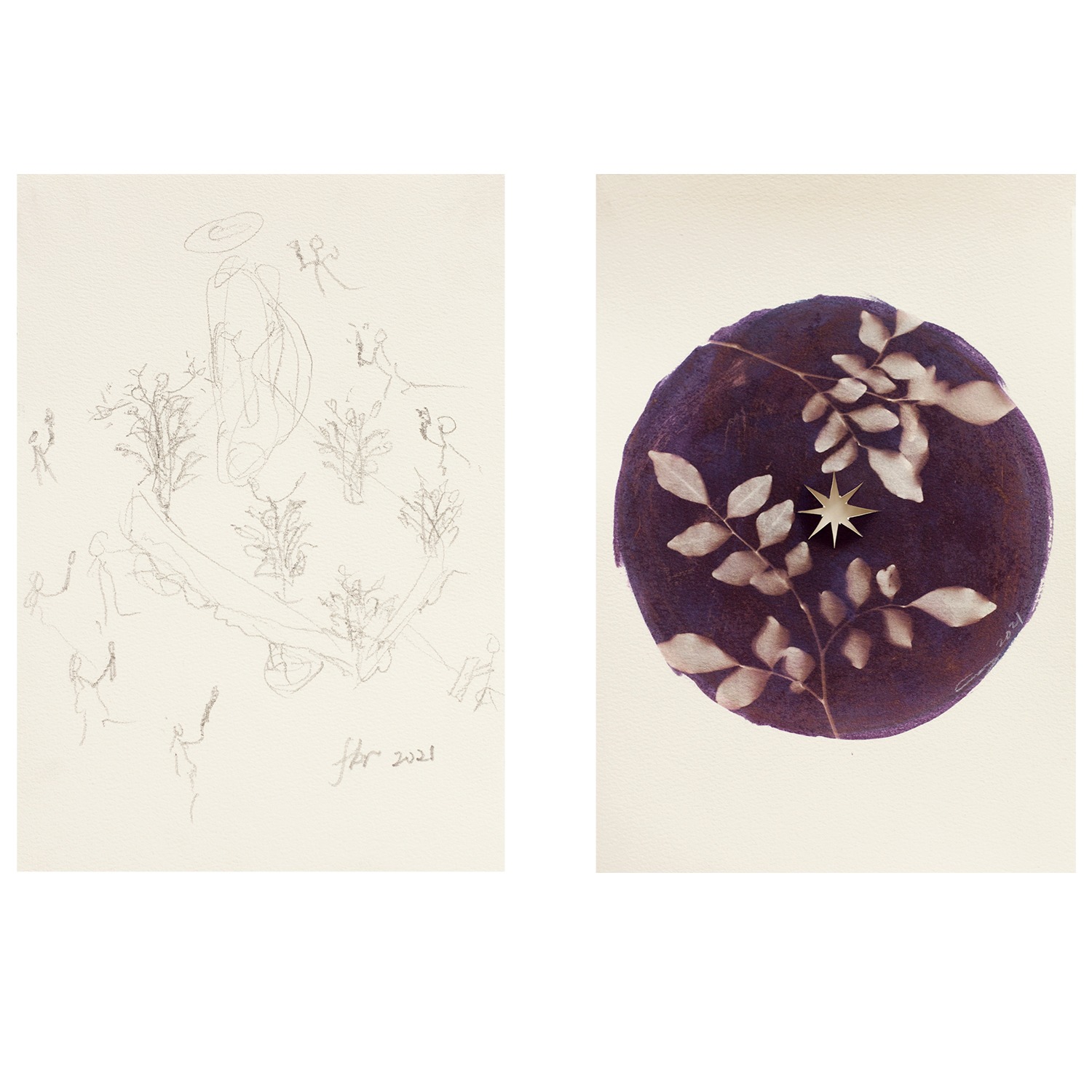
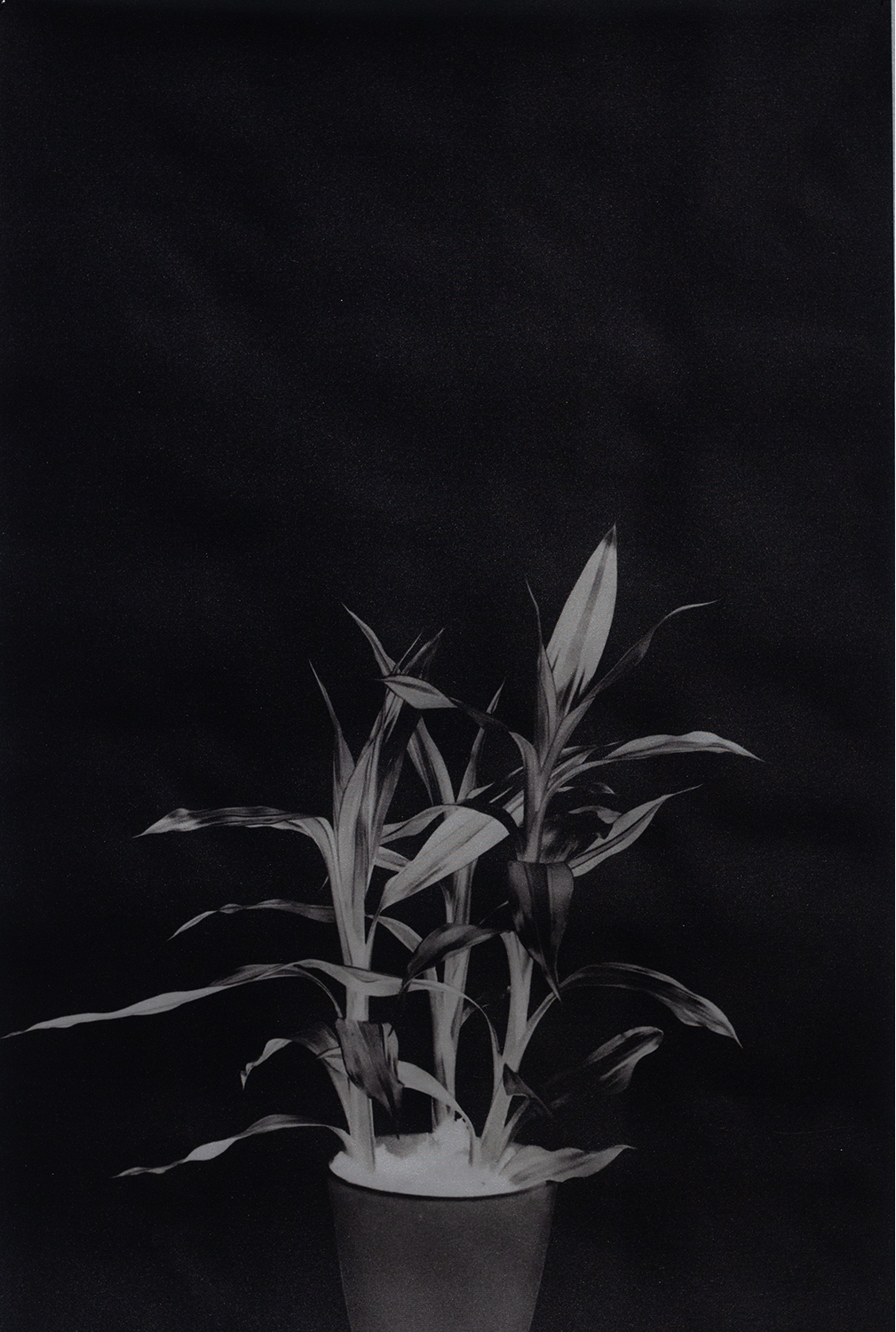
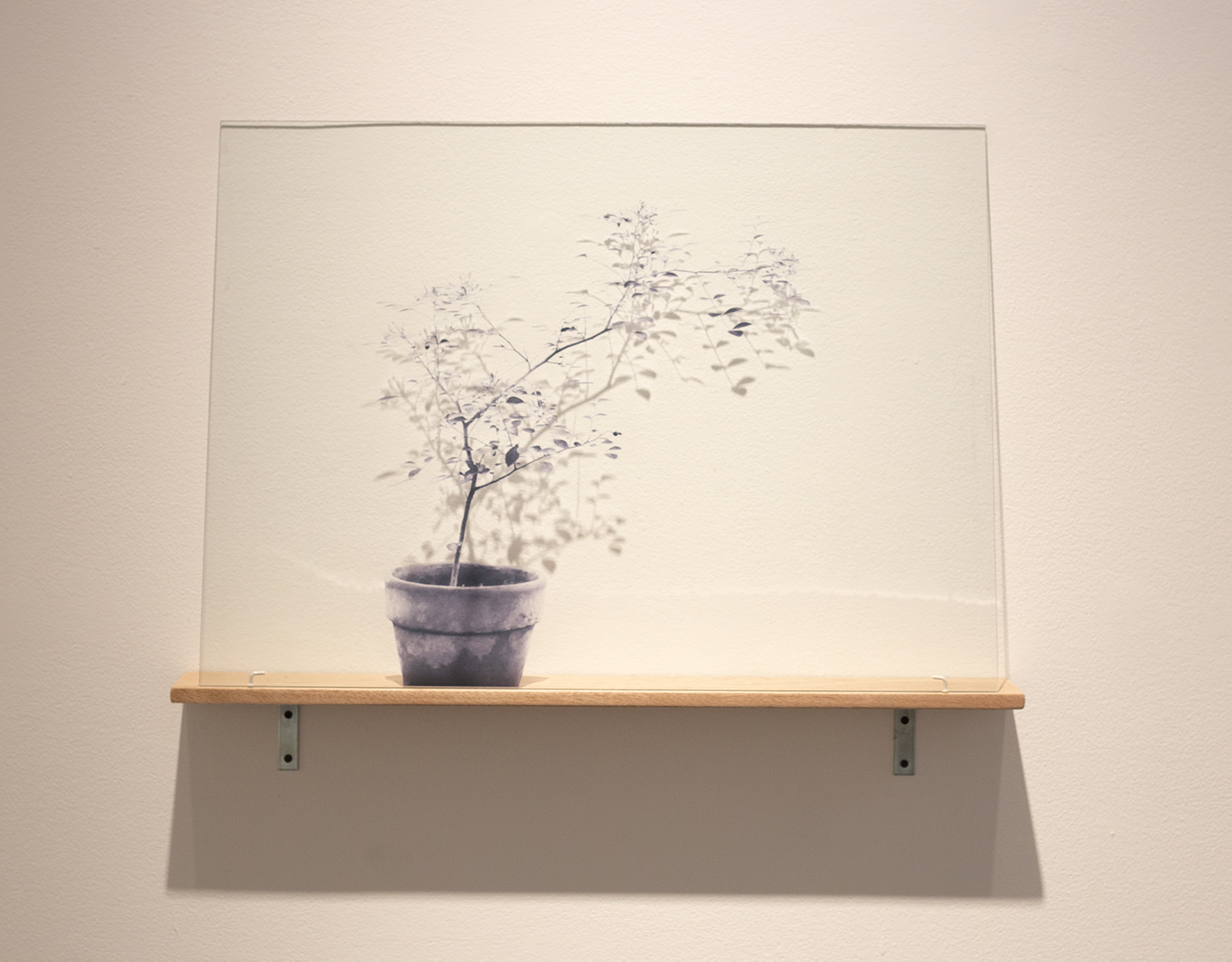
Installation Views
Works
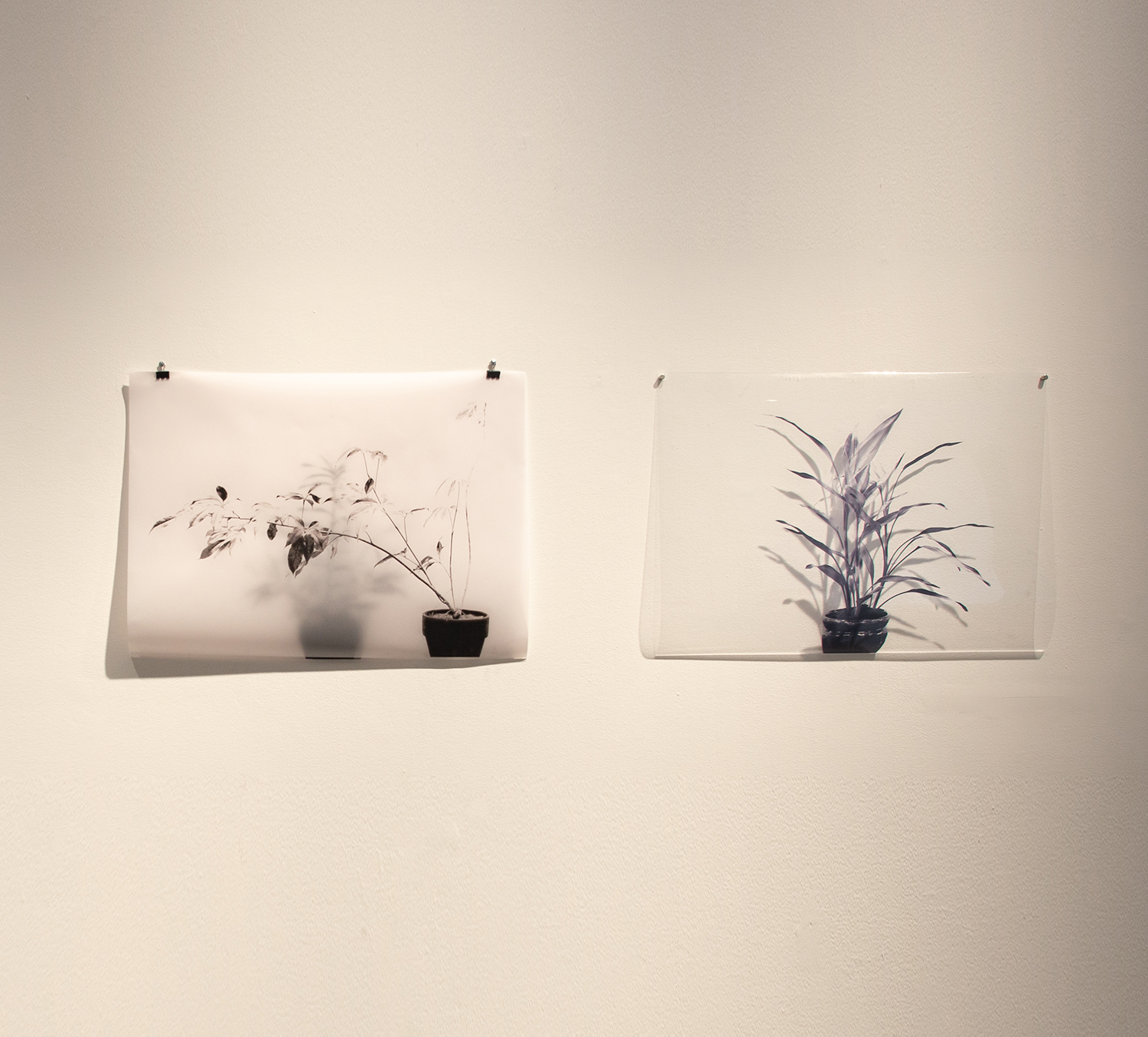
direct reverse UV ink on transparency (1 sheet)
22h x 30w in • 55.88h x 76.20w cm (each)
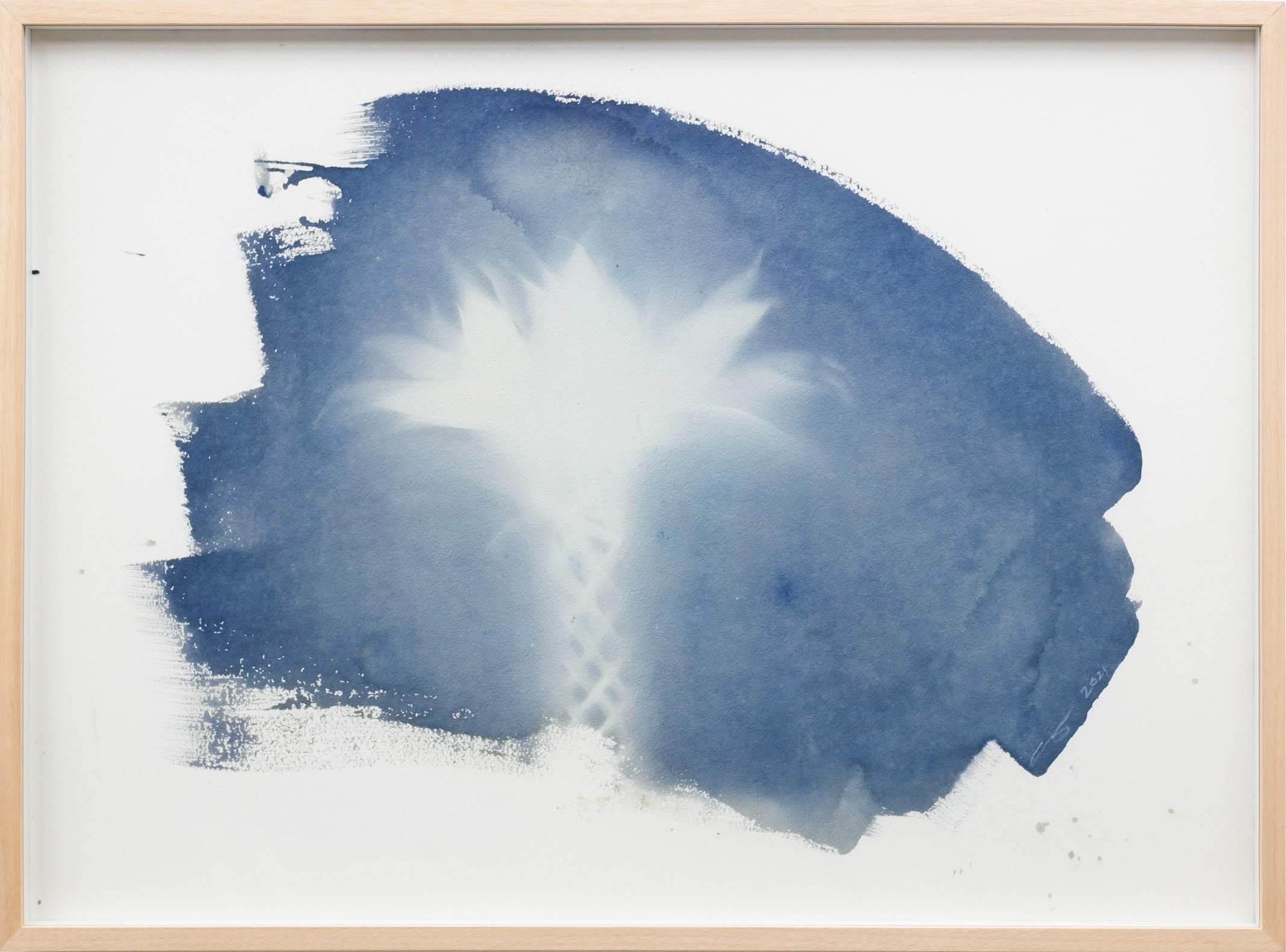
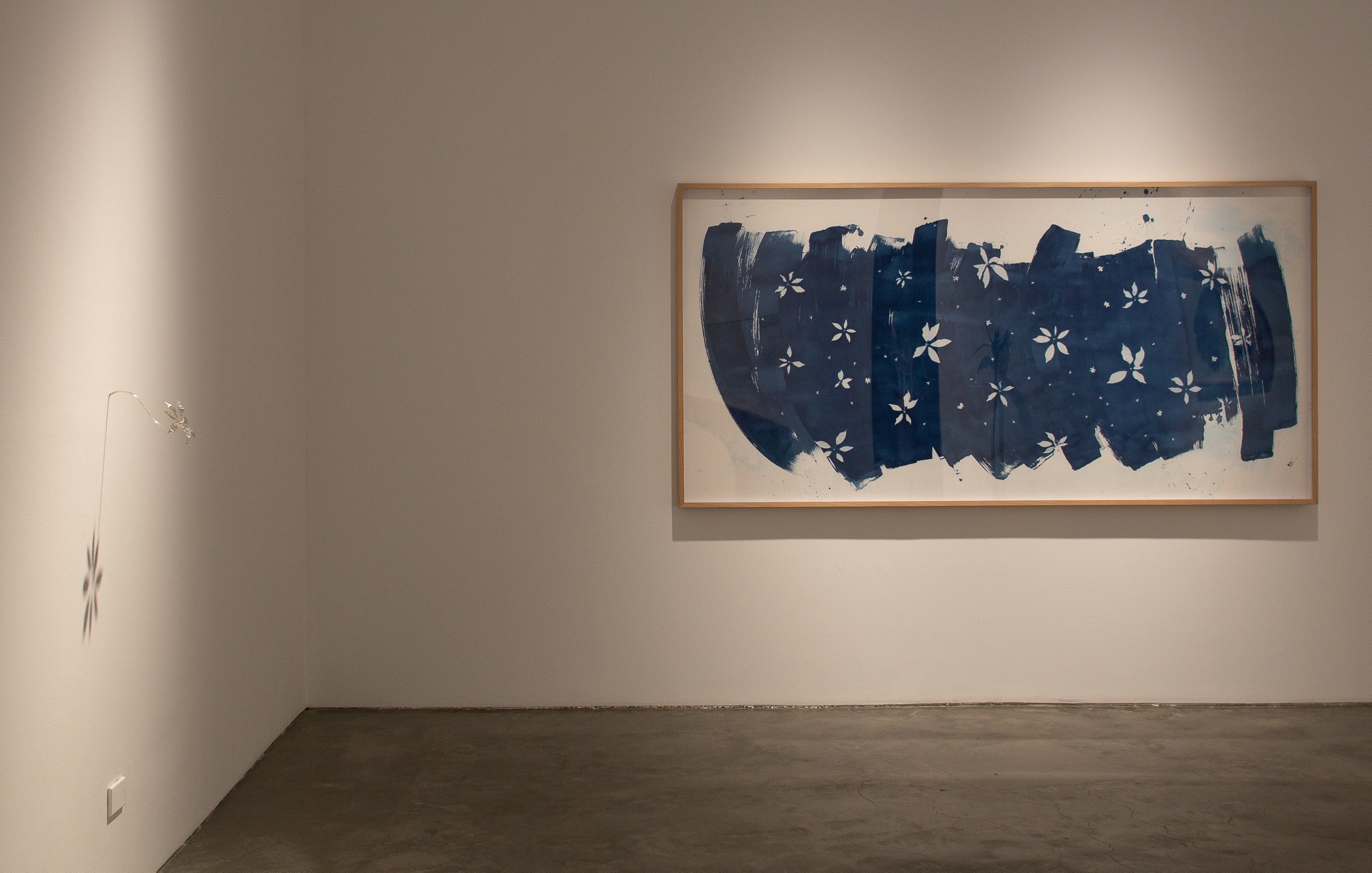
48h x 96w in • 121.92h x 243.84w cm
sterling silver
6h x 10.50w in • 15.24h x 26.67w cm
